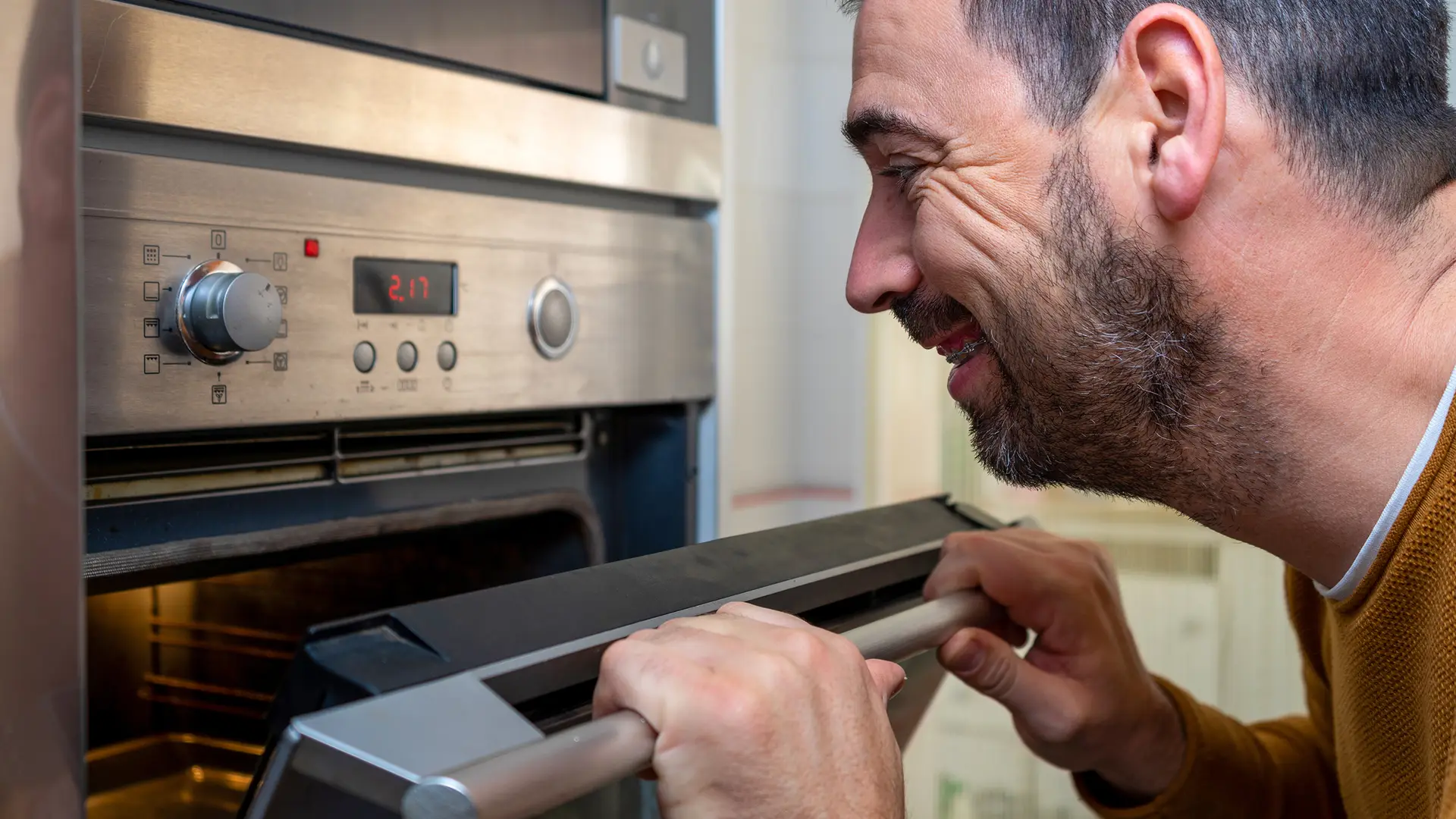How to Tell If Your Oven Seal Needs Replacing
The oven door seal is a small but crucial part of your appliance that ensures even cooking and energy efficiency. Over time, heat and wear can cause it to lose flexibility or tear, letting hot air escape during cooking.
Common Signs Your Oven Seal Is Failing
-
Heat escaping from the oven door:
Hot air leaking during use is a clear sign the seal is no longer tight. -
Uneven cooking or longer cooking times:
The oven struggles to maintain temperature when the seal is compromised. -
Visible cracks, splits or flattening:
Physical damage prevents the seal from making proper contact with the oven frame. -
Food residues or burnt marks around the door frame:
These can appear when heat or food escapes past a worn seal. -
Oven light issues:
If the light flickers or stays on while the door is closed, the seal may not be pressing correctly on the switch.
Why It Matters
A faulty seal means your oven must work harder to maintain temperature, wasting energy and affecting cooking results. Replacing the seal helps maintain consistent heat, reduces electricity use, and extends your oven’s lifespan.
How to Replace an Oven Seal
Most seals can be removed without tools — they’re held by hooks or clips. Simply pull the old one out and press the new seal into the same slots, ensuring it fits snugly around the frame.
If your oven still leaks heat after replacing the seal, you may have a warped door or hinge issue. In this case, it’s worth seeking a professional repair.
- All Posts
- Cooker Hood Guides & Advice
- Dishwasher Guides & Advice
- General Appliance Guides & Advice
- Hob Guides & Advice
- Laundry Guides & Advice
- Microwave Guides & Advice
- Oven Guides & Advice
- Wine Cooler Guides & Advice
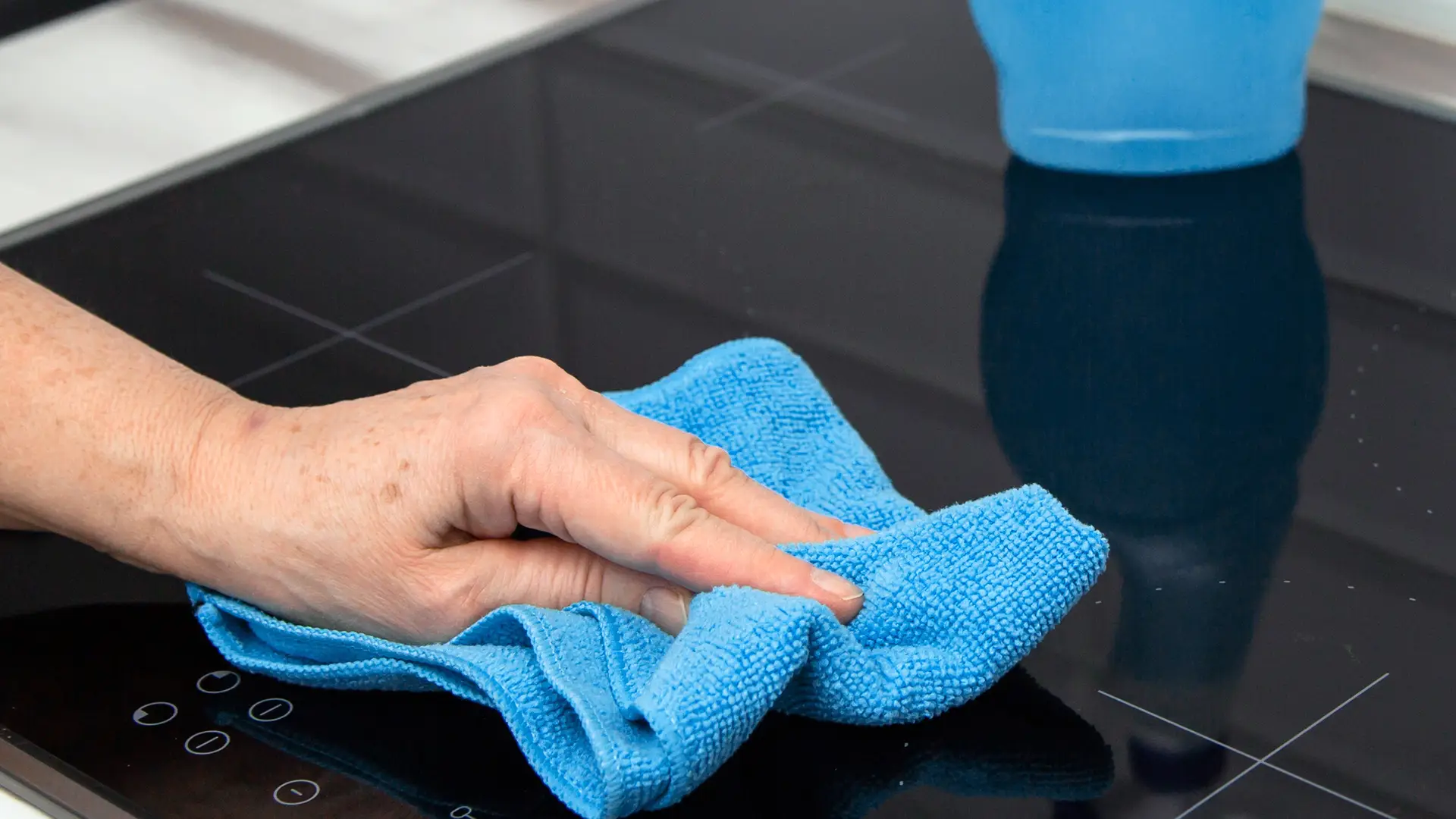
Learn how to clean your induction hob safely and effectively with our quick, step-by-step guide. Keep your kitchen spotless—read now!
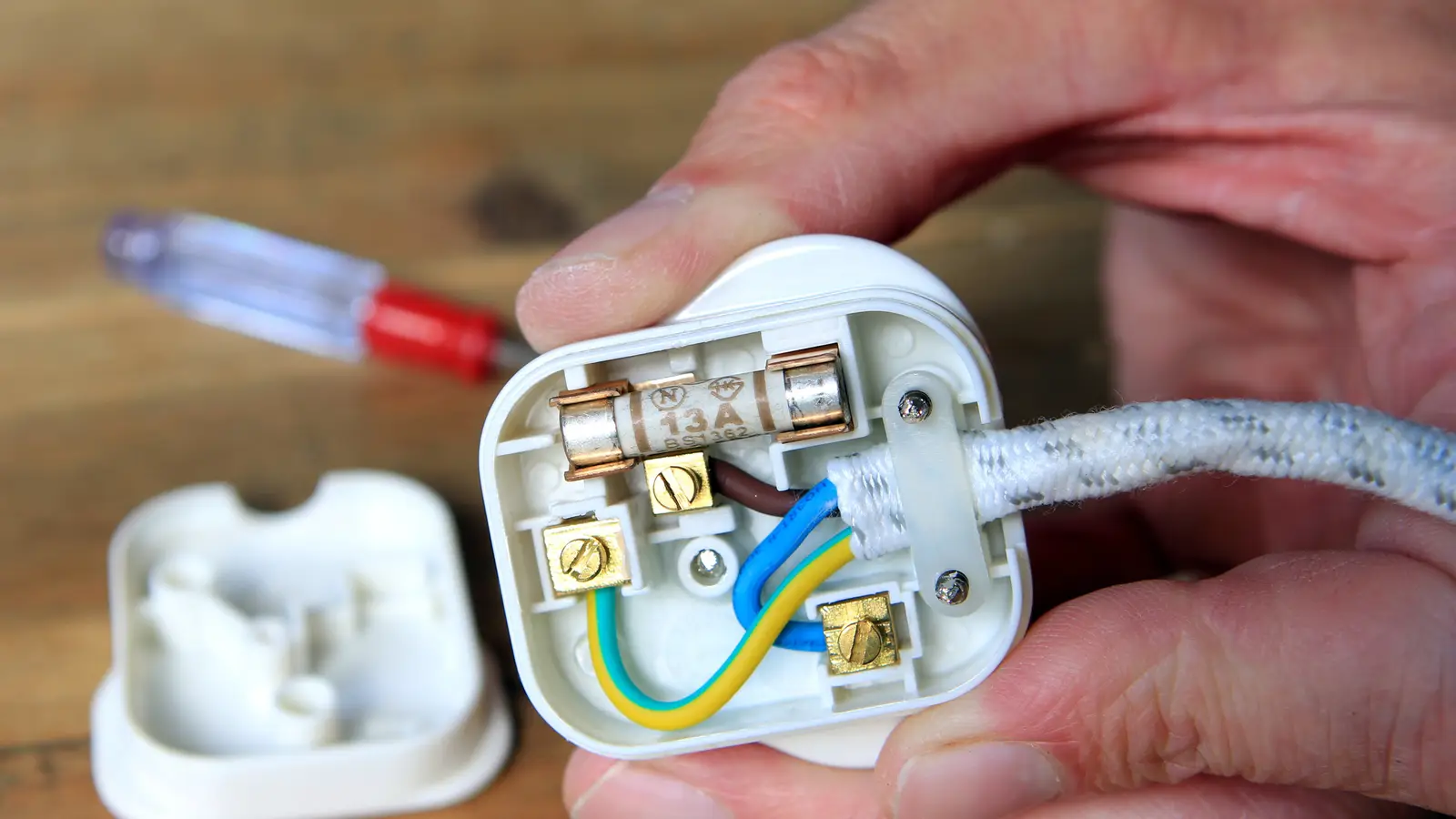
Unsure whether your appliance needs hard-wiring or a plug? Learn the UK rules in plain English and avoid mistakes. Read...
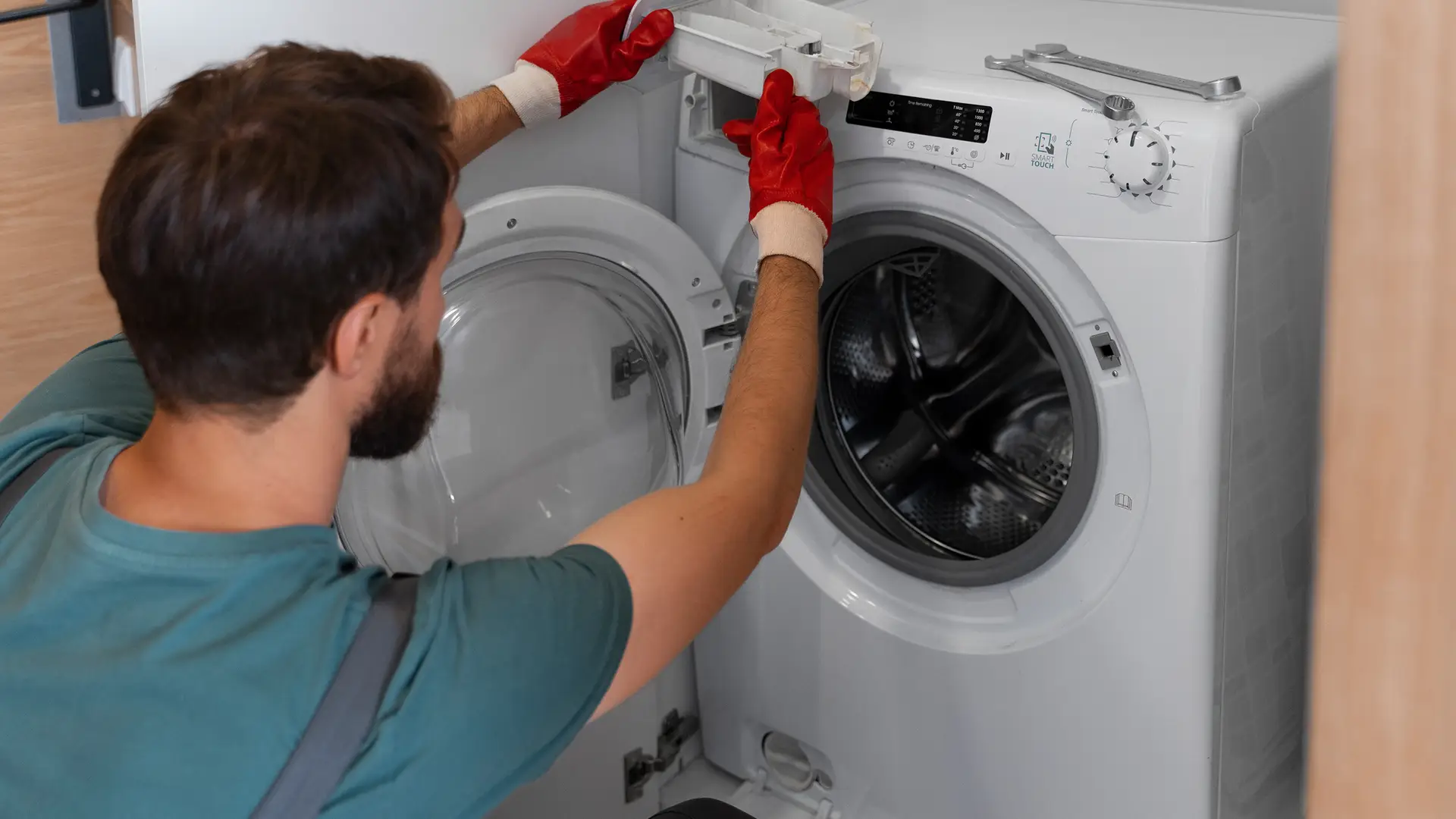
Learn what causes limescale build-up in your kitchen appliances and how to prevent it. Keep your kettle, dishwasher, and washing...

Not sure if your induction hob needs special wiring? Learn when a 13-amp plug is enough and when a dedicated...

Discover how much power common kitchen appliances use and learn easy ways to cut electricity costs. Read our quick energy...

Find out why your oven light switch isn’t working and how to fix it. Check common causes like bulbs, switches,...
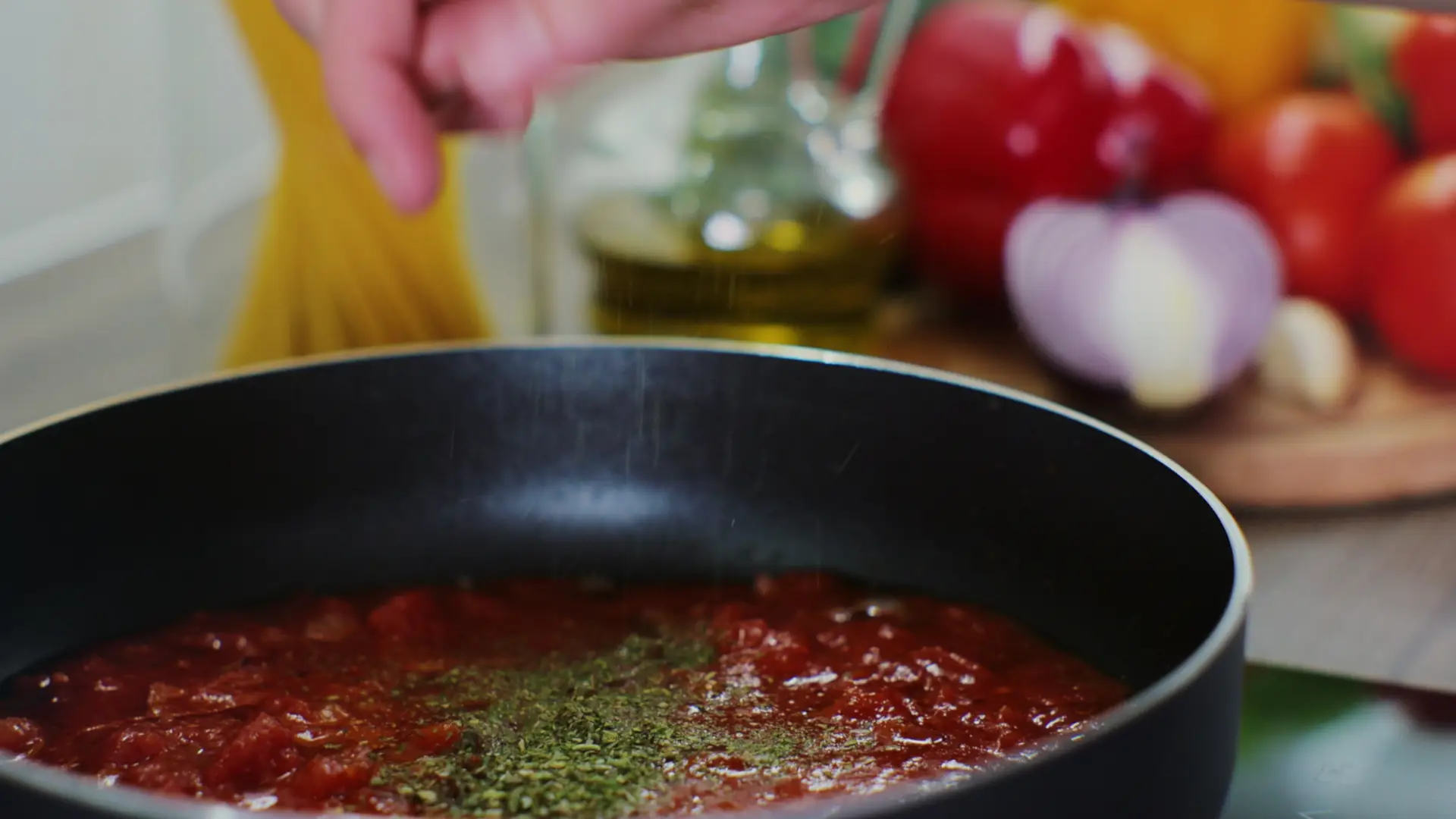
Learn how to cook delicate sauces on induction hobs with low heat settings. Discover tips, best practices, and mistakes to...

Learn how to install a built-in oven safely and easily with our expert guide. Step-by-step instructions for a hassle-free kitchen...
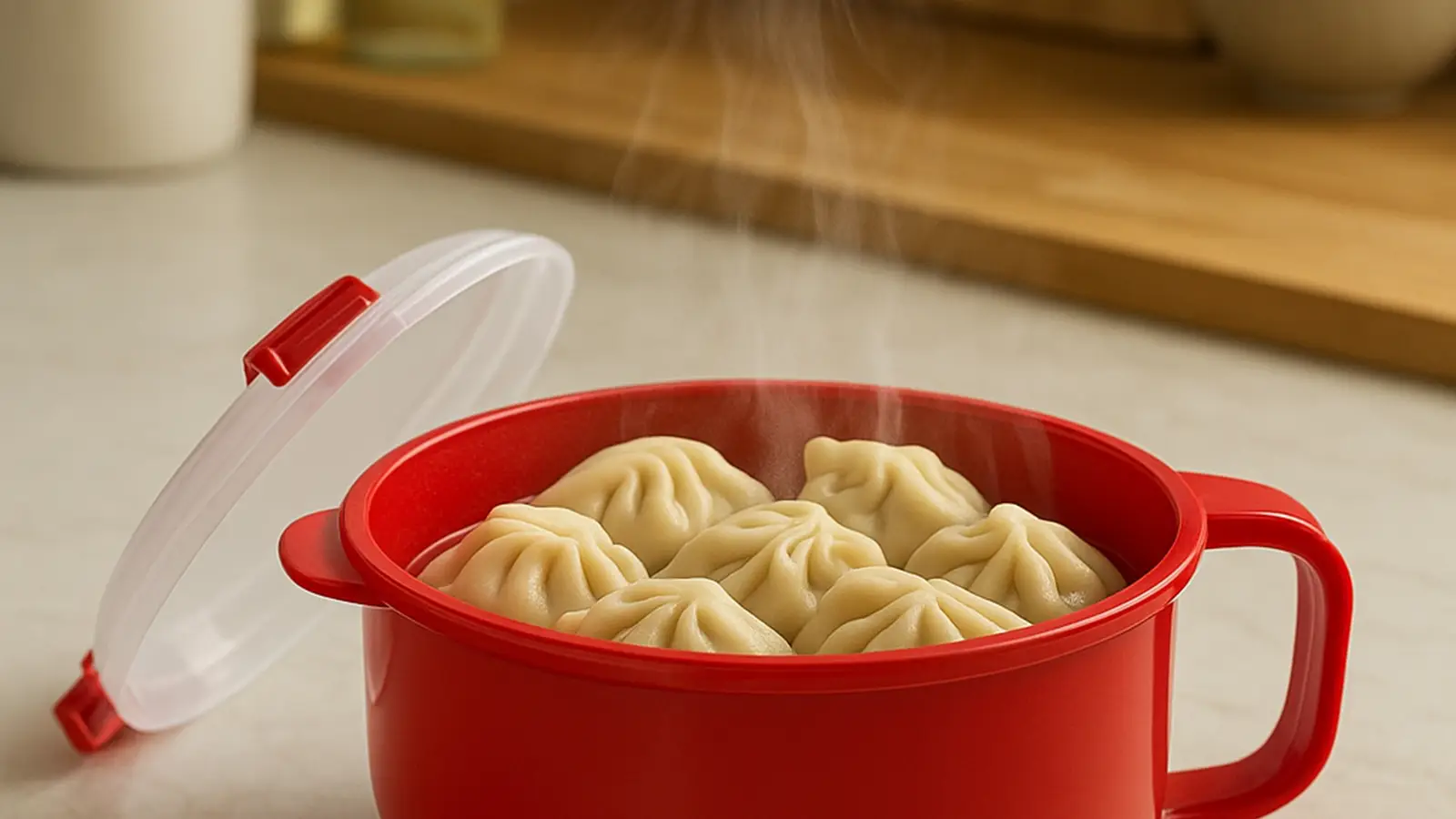
Discover how microwave steamers make healthy weeknight cooking faster, easier and cleaner. Learn what to cook and why they’re worth...
